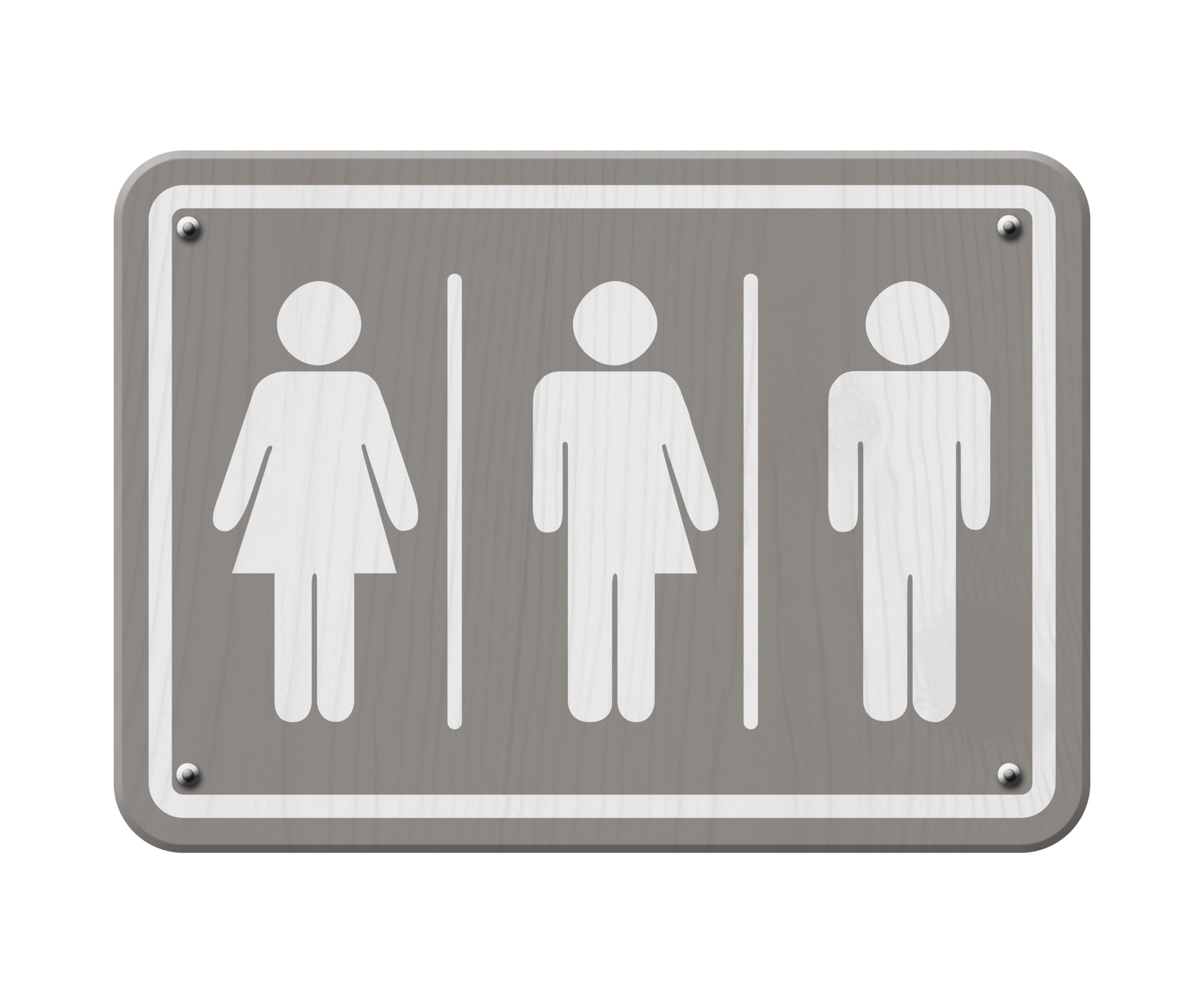by Jill Palmer
Recently a sweet 9-year-old girl was at my house. She is an incredible soul, who loves to play kickball, basketball, pickleball, well, anything with a ball really. Oh, and soccer, she loves soccer. She also loves to bake and wear skorts with tee-shirts all summer. She wears her hair messy in the free-spirited fashion that accompanies eccentric souls. The other day she followed me around my house chatting with me about all the amazing ideas that ruminate in her head, when she paused and soberly said, “The girls at school tell me I’m transgendered because I like to play sports.”
Now how exactly am I supposed to reply to that? I am not her mom, but this was a bomb that she admits she has never told anyone. She was so confused. Being confused is defined by dictionary.com as “to make unclear” or “to perplex.” Certainly, at that moment we were both perplexed.
To be clear, I am not talking about gender dysphoria, I am talking about children who are hearing the phrases transgender and different names for gender identities (there are dozens of different distinctions) all the while being confused by the idea that they can be anything they want.
But they aren’t the only ones confused. According to the BBC, two parents in a battle over their 7-year-old child’s medical and psychological care have turned it into a gender-confused mess. The mother wants to allow the child to receive medical treatment to identify as a girl, but the father claims that tampering with the boy’s gender identity is tantamount to sexual abuse.
The big picture
In a world where we don’t allow teens to drive until they are sixteen, serve in the military until eighteen, and are refused alcohol until twenty-one, should we allow a 7-year-old to permanently and physically alter their body through hormones and surgery?
Doctors tell us the brain isn’t even fully developed until age 25. Neuroscientist Sandra Aamodt said, “Changes that happen between 18 and 25 are a continuation of the process that starts around puberty, and 18 year-olds are about halfway through that process. Their prefrontal cortex is not yet fully developed. That’s the part of the brain that helps you to inhibit impulses and to plan and organize your behavior to reach a goal.”
And what of the child’s psychological health? In a survey of people who de-transitioned from identifying as transgendered, 65% claimed they had no therapy before the transition. No discussion of the big picture or what it would look like or be like to be another gender.
Dr. Michelle Cretella, executive director of the American College of Pediatricians, said, “Even the American Psychological Association’s Handbook of Sexuality and Psychology admits that prior to the widespread promotion of transition affirmation, 75 to 95 percent of pre-pubertal children who were distressed by their biological sex eventually outgrew that distress. The vast majority came to accept their biological sex by late adolescence after passing naturally through puberty.”
Yet, there are still unanswered questions around gender and the confusion that seems to follow in its wake. A doctor by the name of Ken Zucker, a Clinical Psychologist Focusing on Gender Dysphoria, says there remain many urgent and unanswered clinical and theoretical questions around this issue.
The chaos in the schools
However, there are plenty of people who disagree with Drs. Cretella and Zucker, and are pushing for gender-affirming education in elementary schools. All of the assenting and dissenting voices only add to the cacophony of chaos that normal, hard-working adults just trying to raise kids have to deal with. What’s a parent to do? How do we answer the confusion in our children? A strengths-based perspective could be our answer. Psychology Today reads: “[A] strength-based [approach is a] positive [method] that focuses more on your internal strengths and resourcefulness, and less on weaknesses, failures, and shortcomings.”
In all that our children are, why are we focusing solely on their sexual orientation and not first helping them understand their strengths? Brene Brown said, “I want to emphasize that the strengths perspective is not a tool to simply allow us to put a positive spin on a problem and consider it solved. But by first enabling us to inventory our strengths, it suggests ways we can use those strengths to address the related challenges.” How different would the world be if we first helped our children embrace their gifts, talents, abilities, and capacities before trying to influence who they are sexually?
Helping our kids discover who they are
So, how did I answer my 9-year-old friend? As a woman, mother, family life coach, and student-parent coach, I said a quick prayer, looked at her, and said, “Why does it matter what others call you? In all of the universe, there is no one like you. You have talents, skills, and abilities that combine to make someone who is truly unique. The universe has made you a girl who likes to play soccer, fish, and be silly. You just continue to be you and enjoy being you, regardless of what others call you. Just because you like to play sports doesn’t make you a different gender any more than football players who wear pink socks makes them a different gender, it just makes you! And you are wonderful!”
Jill Palmer is a family life coach and training to be a parent coach and is finishing her bachelor’s degree at BYU-I majoring in Marriage and Family studies. She lives in Wisconsin with her husband, Mat. They have three children and two very active puppies.


